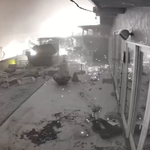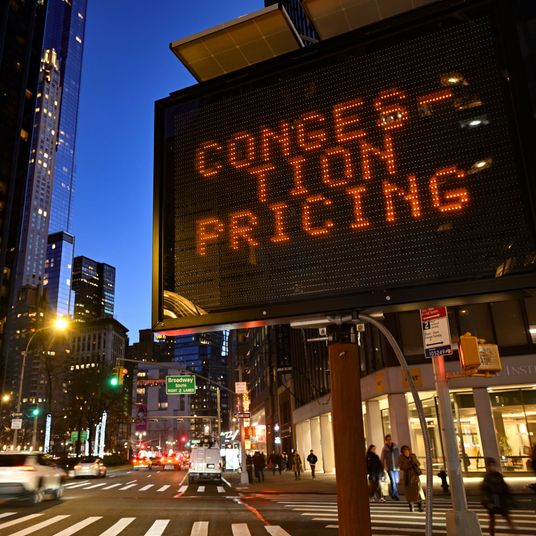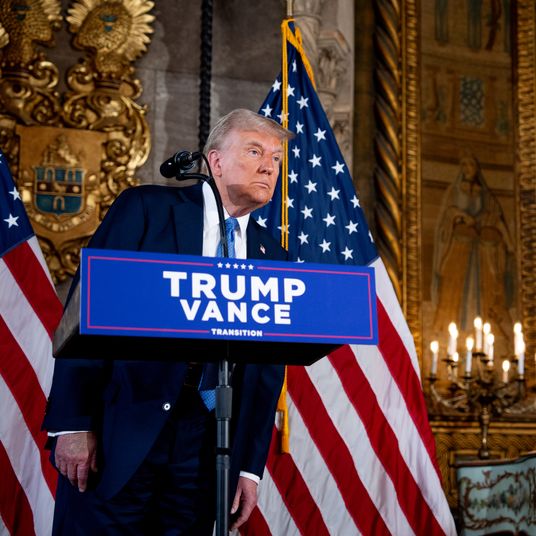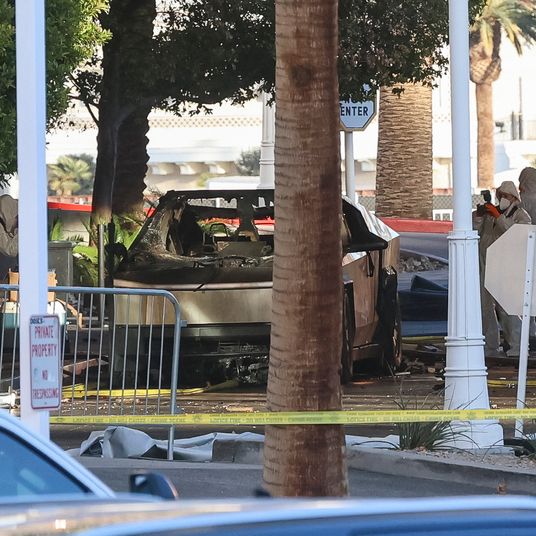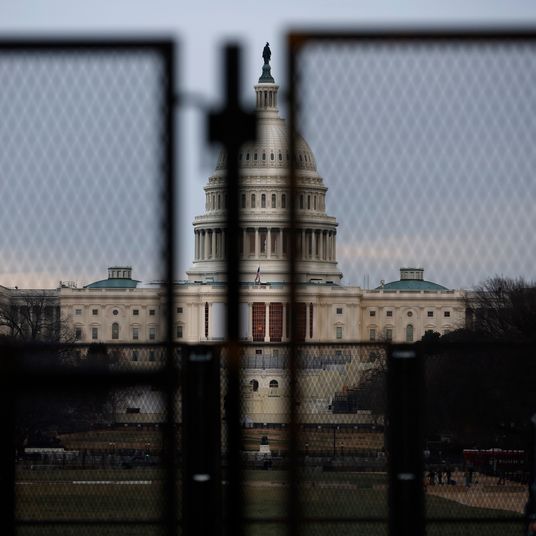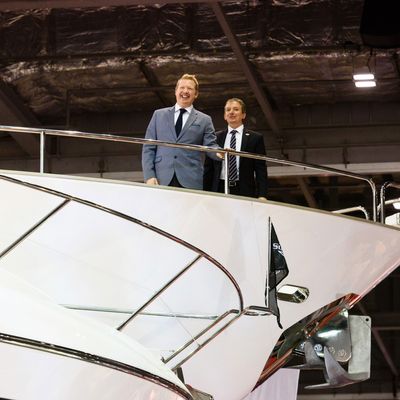
The 2022 Palm Beach International Boat Show is getting under way this weekend in Florida with all the lavishness you’d expect: $1.2 billion worth of boats glistening along the inland waterway, a VIP pavilion with open bar, and an accompanying contemporary-art fair. What it won’t have is many customers from the country that until recently was the second-largest market in the world for high-end yachts. Russia, which according to market observers has made up 9 percent of the total superyacht market, has been abruptly sidelined by the west’s unprecedented economic sanctions over the invasion of Ukraine. You’d never know it from the way the yacht market is booming.
“2022 started extremely well and we have seen strong sales activity across the board, which we expect to continue,” says Richard Lambert, head of sales at the yacht-brokerage firm Burgess, which sold more than $2 billion worth of yachts last year.
Losing a tenth of your customer base isn’t such a big deal, apparently, when the market is white-hot. For one thing, the sort of person who might buy a superyacht — often defined as any vessel for personal use over 131 feet in length — is in plentiful supply these days. Though the COVID pandemic triggered a worldwide recession, it saw the number of the world’s billionaires climb from 2,095 to 2,755 and their cumulative wealth increase by 60 percent, or $5 trillion.
If the sudden disappearance of Russian yacht buyers does ultimately have an effect, it may only be at the very highest end of the market. “Clients from Russia and the Middle East have a higher average length of yachts,” says Merijn de Waard, founder and director of SuperYacht Times. “They are more keen on the very big boats.” According to the publication’s statistics, the average Russian-owned superyacht is 200 feet long, compared to 177 feet for American-owned ones. Of the 13 superyachts that are over 140 meters in length (459 feet), nine are owned by Arab royalty and four of them are owned by Russians. Or maybe five. Italian authorities are currently holding the 459-foot Scheherazade in a small port on the Tuscan Coast. The owner might be the richest Russian of all, Vladimir Putin — no one’s completely sure.
Boats built for this clientele tend to have a decoration style reminiscent of a Vegas high roller’s suite, with amenities that would make a Roman emperor blush: helipads, glass-bottomed infinity pools, outdoor fireplaces, hammams and Russian banyas, interactive art on video walls, 3-D cinemas, motorboats, amphibious ATVs, giant slides, scuba-dive centers, ten-person submarines, and garage space for helicopters and SUVs.
The expense of owning such vessels only begins with the purchase of the boat itself. The biggest yachts are often accompanied by smaller superyachts to carry additional gear and crew. Owners spend around 15 to 20 percent of the cost of the yacht to cover maintenance and staff, which can number more than 80 crew members.
As you might expect, yacht-buyers from the land of the Fabergé egg would tend to fall at the ostentatious end of the spectrum. If the idea of a helicopter landing on your boat makes you think, But where will my other helicopters land?, then you’ll appreciate fore-and-aft twin helipads, like Russian state oil-company chairman Igor Sechin has on his 445-foot yacht Crescent. Feel like the underwater observation bubble from The Life Aquatic With Steve Zissou needs to be a real thing? Fertilizer baron Andrey Melnichenko’s 469-foot Sailing Yacht A — currently the largest sail-assisted vessel in the world — has a cushion-lined pod with panoramic windows of foot-thick glass set into its keel.
Security always being always a concern for those of high net worth, bulletproof glass is a popular feature on the higher-end superyachts. To keep away prying eyes, Roman Abramovich’s $610 million Solaris is equipped with a system that tracks unknown drones and another that automatically detects and disables digital cameras. For those worried that things might escalate, a more bespoke option is an anti-aircraft missile system like the one rumored to be installed on the 512-foot Dilbar, owned by metals-and-mining oligarch Alisher Usmanov.
American yacht-buyers aren’t known for quite that level of extravagance, but their portion of the market is going strong. The top nationality for superyacht purchases, Americans purchase about a quarter of all those sold. “It’s the American clients who are driving the market,” says de Waard.
Another reason the market is so hot is that it has been rebounding from a slowdown during the first year of the pandemic, when sales of superyachts dipped amid travel restrictions and general uncertainty. Sales then rebounded sharply, leaving fewer used yachts available for purchase and generating a backlog at major shipyards. If anything’s holding back the superyacht market, it’s not lack of customers but lack of supply, de Waard says.
That might change if a chunk of those seized Russian yachts were dumped on the market. But that’s not going to happen anytime soon. For starters, the legal status of the seizures is murky. No country has yet taken formal possession of oligarchs’ yachts. “These are just orders freezing the assets, that is, immobilizing them until the sanctions are lifted, rather than actual forfeitures,” wrote Martin Davies, director of the Maritime Law Center at Tulane Law School, in an email. “Under most countries’ laws (including the U.S.), forfeiture can only take place if the asset-owner is convicted of a criminal offense, which I don’t think would be the case in relation to these oligarchs.”
There’s a paradox in the extraordinary flamboyance of the biggest superyachts. These boats are all about display and swagger, enabling the richest of the rich not only to flaunt their wealth but to move it around from scene to scene. And yet their owners are swathed in layers of secrecy. Many hide their ownership via shell companies and require contractors and crew members who work on their yachts to sign nondisclosure agreements. In part to peel back these layers of secrecy, the U.S. and other western countries last week formed the Russian Elites, Proxies, and Oligarchs (REPO) task force to identify and freeze oligarchs’ assets. The U.S. also began offering rewards of up to $5 million for information leading to the seizure of illegal assets linked to the Russian government.
The Scheherazade is particularly mysterious. It rarely leaves its berth in Marina di Carrara, Italy, where its crew have installed a cover to hide its nameplate and a metal barrier along the pier to shield it from the gaze of onlookers. The investigative team headed by jailed dissident Alexander Navalny was able to trace the identity of its crew and determined that many of them belonged to the Federal Protective Service, a Russian state agency charged with protecting state assets and high-ranking personnel. And the yacht has twice sailed to the Russian Black Sea resort town of Sochi, a favorite haunt of Putin’s.
This combination of extravagance and secrecy is characteristic of other markets where Russian oligarchs have sunk their wealth, such as real estate and art. Here, too, market insiders say that the Russian pullout has done little to damp a tidal wave of money coming in from the ever-swelling global plutocracy.
High-end New York City realtor Dolly Lenz says her firm has been getting calls from Russian clients looking to quietly get on the “whisper list” of offerings that aren’t publicly available for sale. “They’re getting ready to pull the trigger. Meaning, ‘Yes, I’ll take whatever the best offering can get me,’” Lenz told Fox Business News.
But this incipient flight is doing nothing to chill the market. “Ultra-luxury is on fire,” says Manhattan realtor Alison Rogers. “The rich have been getting richer even during the pandemic, and they have to put their money somewhere.”
The art market is roaring, too. According to the online art-market site Artprice, the total value of art sold at auction around the world last year was $17 billion, up 60 percent compared to 2020.
If there’s a lesson in this, it’s that while the world of luxury capitalism is extremely welcoming to newly minted rich people and their billions of uncertain provenance, it isn’t particularly sentimental about their leaving.




